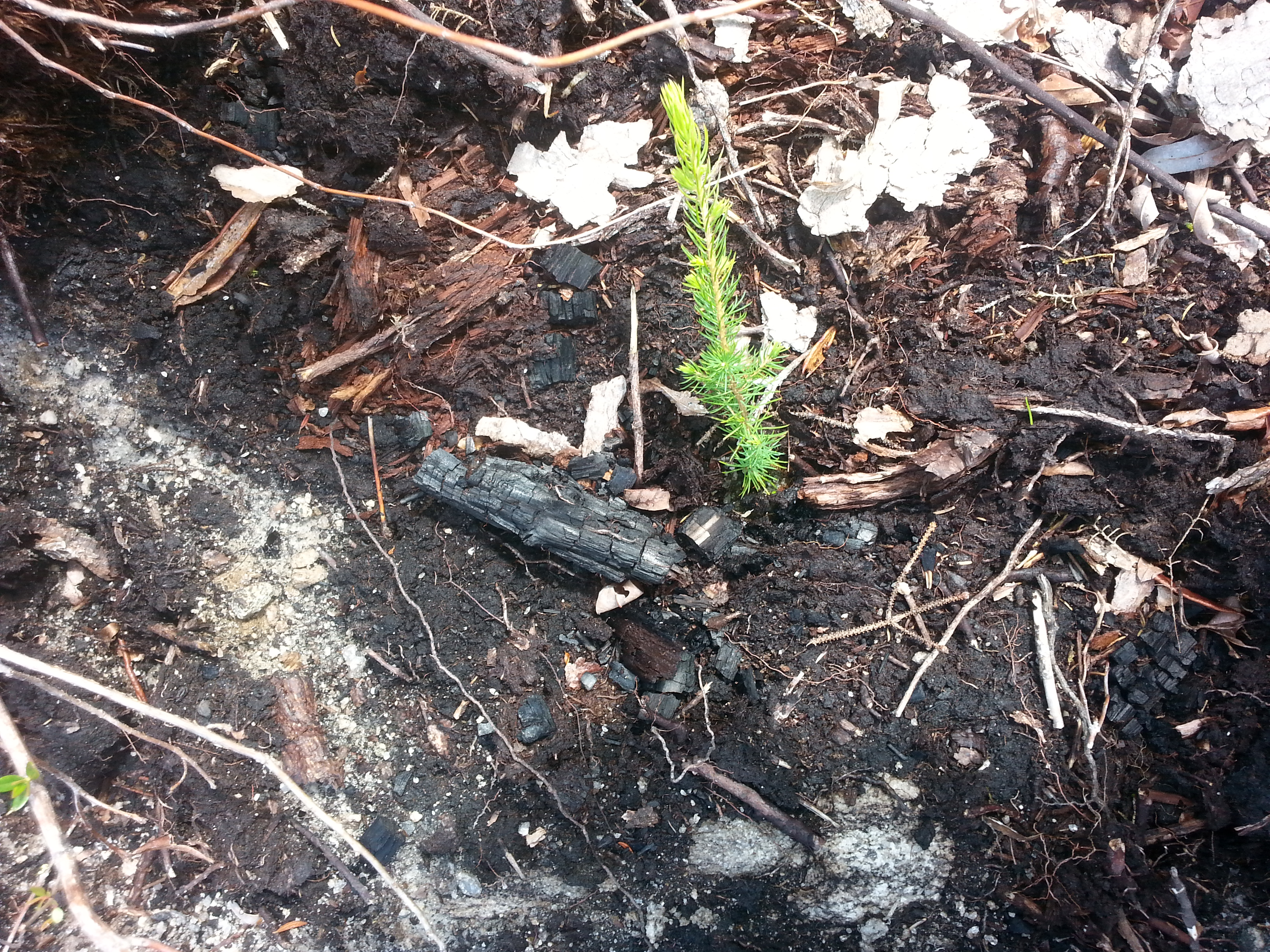Degeneration of Amazon forests adds to global warming
Thomas Goreau
President, Global Coral Reef Alliance
President, Biorock Technology Inc.
Albert Bates
Antonio Donato Nobre, a visiting researcher at INPE, calls this hidden
damage the Big Green Lie: “This wholesale forest degradation is not
monitored and it affects massive areas, many times larger than those
clear-felled in deforestation. Such degraded forests are very vulnerable
to drought and fires. Indeed, it is the main reason why the fires spread
so easily”.
... it commends the need for forestry wastes-to-biochar projects, both
to eliminate the fuel for wildfire and also to restore the soil biology,
retain soil moisture and aid the successional recovery.
Thanks again,
Albert
On 2017-10-16 07:38, Thomas Goreau wrote:
> Some more great observations on how degradative land management
> increases global warming, by my old friend in Amazonia in the 1980s,
> Antonio Donato Nobre:
>
> http://readersupportednews.org/news-section2/318-66/46318-record-amazon-fires-stun-scientists-sign-of-sick-degraded-forests
>
> Only regenerative forestry can turn these losses into gains!
>
> Thomas J. F. Goreau, PhD
Global Village Institute for Appropriate Technology
Global Ecovillage Network • Gaia University
_http://gvix.org_
_http://albertbates.cool_
_http://medium.com/@albertbates_
POB 90 Summertown TN 38483-0090 USA
931-964-4324 (o) • 52-998-235-2231 (mex) • 931-242-3796 (usa) •
44-782-764-6237 (uk) • 13-867-154-171 (prc)
Facebook/WhatsApp/WeChat/LinkedIn/GooglePlus
-------------------------
Thomas Goreau
President, Biorock Technology Inc.
Benoit Lambert

Blog, Geotherapy chronicle — for food security & global warming reversal / Chronique d'une géothérapie — pour la sécurité alimentaire & l'inversion du réchauffement planétaire
Conseiller: soil4climate, Sols Vivants Québec
(from/de Soil Carbon Coalition)
As Vernadsky realized about 100 years ago, life (powered by photosynthesis and carbon cycling) is the most potent geologic force. Carbon cycling (which heavily influences water cycling) underlies almost all of our biggest challenges. Many now realize that humans have become a principle influence on carbon and water cycling, but our influence has been largely inadvertent, and often (e.g. changes in soil carbon in specific places) outside our awareness.
Comme l’a découvert Vernadsky il y a approximativement un siècle, la vie (générée par la photosynthèse et le cycle du carbone) est la plus puissante des forces géologiques. Le cycle du carbone (qui influence fortement le cycle de l’eau) est la principale force derrière tous nos plus importants défis. Plusieurs réalisent aujourd’hui que l’humanité est devenue la principale influence sur les cycles du carbone et de l’eau, mais notre influence s’est produite largement par inadvertance, et souvent (e.g. la diminution des niveaux de carbone des sols) en dehors de notre connaissance.
--
Also on Facebook at https://www.facebook.com/groups/Soil4Climate/
--- You received this message because you are subscribed to the Google Groups "soil-age" group.
To unsubscribe from this group and stop receiving emails from it, send an email to soil-age+unsubscribe@googlegroups.com.
To post to this group, send email to soil...@googlegroups.com.
Visit this group at https://groups.google.com/group/soil-age.
To view this discussion on the web visit https://groups.google.com/d/msgid/soil-age/315caf808dc81d41d5d8889b3c7e48fe%40thefarm.org.
Thomas Goreau
President, Biorock Technology Inc.
On Oct 16, 2017, at 10:52 AM, Benoit Lambert <benoit....@gmail.com> wrote:...another picture of biochar following a forest fire in Northern Quebec. By the way, all sectors get forest fires, at different times.<006.jpg>
Blog, Geotherapy chronicle — for food security & global warming reversal / Chronique d'une géothérapie — pour la sécurité alimentaire & l'inversion du réchauffement planétaireConseiller: soil4climate, Sols Vivants QuébecActif: soil-ageNo one can change the past, everyone can change the future(from/de Soil Carbon Coalition)As Vernadsky realized about 100 years ago, life (powered by photosynthesis and carbon cycling) is the most potent geologic force. Carbon cycling (which heavily influences water cycling) underlies almost all of our biggest challenges. Many now realize that humans have become a principle influence on carbon and water cycling, but our influence has been largely inadvertent, and often (e.g. changes in soil carbon in specific places) outside our awareness.Comme l’a découvert Vernadsky il y a approximativement un siècle, la vie (générée par la photosynthèse et le cycle du carbone) est la plus puissante des forces géologiques. Le cycle du carbone (qui influence fortement le cycle de l’eau) est la principale force derrière tous nos plus importants défis. Plusieurs réalisent aujourd’hui que l’humanité est devenue la principale influence sur les cycles du carbone et de l’eau, mais notre influence s’est produite largement par inadvertance, et souvent (e.g. la diminution des niveaux de carbone des sols) en dehors de notre connaissance.
2017-10-16 11:42 GMT-04:00 Benoit Lambert <benoit....@gmail.com>:
Thank you Thomas,Biochar is indeed mimicking nature. Recent (impressive) results in Nepal by Hans-Peter Schmidt's team, show we don't need to use that much. Which makes biochar more affordable (article attached). Also: we see biochar in soils when reforesting Northern Canada... and, it seems as if nature has calibrated the quantities, close to the Nepal's results... It is well spread, just enough to retain water and nutrients needed for slow release? I cannot prove it (yet), but...
<020.jpg>
